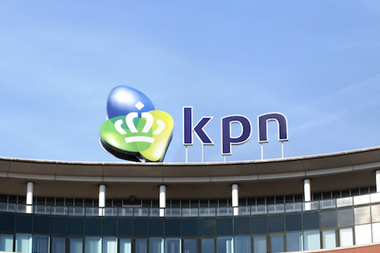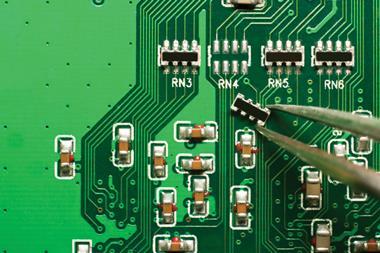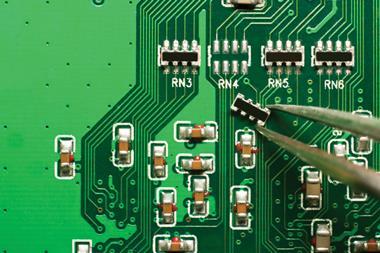The €8.7bn pension fund of Dutch telecommunications company KPN has overhauled its strategic investment portfolio to match its new risk approach, aimed at increasing risk exposure and illiquid investments.
In its 2015 annual report, KPN Pensioen said it based its new investment policy on the new financial assessment framework (nFTK) in the Netherlands.
It said the nFTK had increased Dutch schemes’ options for smoothing out rights discounts and broadened their long-term investment horizons.
As an initial step, KPN replaced its 4% allocation to euro-denominated government bonds with US government paper, and, in future, it intends to replace the US bonds – together with its credit holdings – with residential mortgages and asset-backed securities.
The scheme has already sold €68m of German inflation-linked bonds and re-invested the proceeds in property in the US and Japan, as well as in the Dutch Mortgages Fund of TKPI, its asset manager.
The pension fund plans to start investing in private equity at the expense of European and emerging market equities, and said it was looking to replace part of its 3.3% commodities allocation with hedge funds.
Although it lost 24.6% on its overall commodities holdings, the pension fund emphasised that the asset class contributed to the diversification of its investment portfolio, “as the correlation with stocks had decreased”.
KPN Pensioen reported an overall return of 3.7% for 2015.
Its 44.8% equity allocation returned 3.7%, while its fixed income allocation of 45.6% returned 1.3%.
Real estate produced an 8.3% return.
The scheme’s interest hedge was the main contributor to its annual result, generating 2.9 percentage points of return.
Its interest cover includes swaptions, which caused the hedge to decrease after rates increased, it said.
Over the first six months of 2015, the pension fund adjusted its interest hedge twice due to rate movements.
After rates decreased at the start of the year, the pension fund reduced its cover from 75% to 35% and re-invested most of the proceeds of the divested swaps and swaptions.
When interest rates were increased again, KPN Pensioen raised the hedge level to 45%.
In the wake of these adjustments, it fine-tuned the trigger mechanism for future changes, it said.
The pension fund lost 0.1% on its 50% currency hedge on the US dollar, British pound and Japanese yen, which all appreciated against the euro over the period.
As of the end of last April, the KPN scheme’s funding stood at 113.3%.












No comments yet